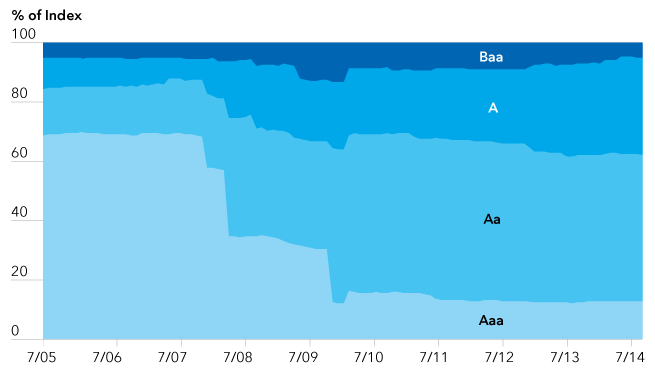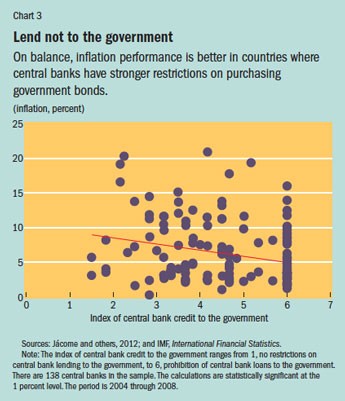This is Not Your Father’s Emerging Markets Crisis
Post on: 12 Август, 2015 No Comment

This is Not Your Father’s Emerging Markets Crisis
By: Ashley Kindergan
Published: September 4, 2013
It does seem like its déjà vu all over again. As emerging market governments burn through their foreign exchange reserves in an effort to support local currencies in the midst of massive capital outflows, the headlines are eerily reminiscent of the 1990s or early 2000s. Say, for example, in 1991, when India had to fly its entire gold reserve pile to London as collateral for a loan. Or in 2001, when a debt crisis, capital flight and a bank run forced Argentina to freeze domestic bank accounts and default on its international debt. But is today’s news just a replay of crises past? Not in the slightest, says Robert Parker, a senior adviser to Credit Suisse and a member of the bank’s Investment Committee.
It’s not that the players are different. India is once again grabbing the lion’s share of nervous headlines today due the fast-falling rupee, its large budget and current account deficits, high inflation and relatively anemic growth. And Brazil, Mexico, Indonesia and Thailand are all experiencing currency pressure that does seem shockingly familiar. But that’s where the similarities end. One big difference: most of the larger emerging market economics have made significant structural adjustments that leave them much better able to deal with today’s capital outflows than they were in previous crises. “The circumstances are very different,” Parker said. “The key question is, ‘Are we going to have, as we had in the 1990s, a range of sovereign debt defaults?’ And the answer to that is, no.”
Last time around, Parker explained, many of the affected countries shared three characteristics: large current account deficits, large amounts of debt denominated in foreign currency and fixed exchange rates. The combination proved to be fatal, as currencies pegged to the dollar became artificially expensive, making it difficult to meet exchange requests, which in turn hastened the depletion of foreign exchange reserves. Large current account deficits and external debt denominated in foreign currencies exacerbated things by forcing even more money out of those countries to purchase goods and make loan payments.
The current crisis began in May, when the Federal Reserve first said it could begin slowing down the asset purchases it had been using to pump money into the U.S. economy and keep interest rates low. Investors who had plowed money into bonds, equities and other investments in Asia and South America in search of higher returns began withdrawing their capital as a result.
Here’s what’s different this time around: For one, in contrast to the slow, decade-long wave of troubles 20 years ago, the current crisis is hitting economies all over the world at about the same time. Two, most economies that had fixed-exchange rates in the 90s and early 2000s have since allowed their currencies to float freely, with the notable exceptions of Venezuela and China. In the Asian financial crisis, the appreciation of the dollar made Asian currencies pegged to it less competitive. Now, Parker noted, emerging market currencies have simply become less valuable – an opportunity for exporters. “One pressure valve which has been obviously pushed very hard indeed in recent months has been the devaluation of currencies – and frankly, those devaluations have been very positive,” he said. “Although particularly for commodity importers like India, weaker currencies are going to result in higher inflation, the fact of the matter is, these countries now have very competitive currencies.”
Many emerging market economies have also built up much larger stockpiles of foreign exchange reserves than previously. As Parker put it, “Even poor old India’s got more than $250 billion.” India’s Prime Minister Manmohan Singh has been stressing to the press over the last week that India’s reserves of $280 billion could cover seven months of imports this time around, as opposed to three weeks at the low point of the 1991 crisis. China, of course, has about $3.4 trillion dollars in reserves, while Russia, which defaulted on its debt and devalued the ruble in 1998, has around $600 billion. “Their firepower to defend their economies and restructure their economies is totally different from the 90s,” Parker said.
Image courtesy of Credit Suisse.
Asian national banks were borrowing large sums in order to finance public-private infrastructure investments at home. With the notable exceptions of Turkey, South Africa and India, the last of which has a current account deficit equivalent to nearly 5 percent of GDP, many emerging market countries “are either in surplus, like in Russia or China, or the current account deficits are very small, as in Brazil and most of Asia,” Parker said. Similarly, he added, the risk of a sovereign debt crisis is nowhere near as prevalent now as it was then, since many emerging market governments carry most of their debt in domestic currency, rather than in foreign currency.

Finally, Parker said, investors simply aren’t speculating in the emerging markets to the extent they were in the 1990s and early 2000s. “Whereas investors back in the 90s had very heavy exposures, many of which were short-term speculative exposures, to emerging markets, today that certainly is not the case,” Parker said. “We don’t have that speculative overhang.”
So, what’s going to happen next? Several countries such as Brazil and Indonesia have already raised interest rates in a bid to defend their currencies, and more central banks are likely to introduce small interest rate hikes. And at some point – perhaps as soon as late October – investors are going to start realizing that there are some great buying opportunities in those economies out of which they only recently bailed. “I think investors will realize that we’re not in a situation like the 90s, and we could see a number of policy actions to encourage foreign investment in certain countries,” Parker said. “So, we could get into a situation where investors move back into emerging markets in October and pick up very cheap valuations.”
Parker said Credit Suisse itself will likely remain cautious in September, a month laced with tripwires for financial markets. The ongoing crisis in Syria, the likely beginning of a fight in the U.S. Congress over raising the federal debt limit and the Sept. 22 German elections are all major events that the markets are watching nervously. Perhaps the biggest September event is the Federal Open Market Committee meeting on September 17-18, which will be closely watched for an asset-purchase tapering announcement. But Parker said that the fact that market already knows the central bank will begin tapering at some point means that the tea leaf readers are only seeking an answer to a less profound first-order derivative question—which is what the actual rate of tapering will be. Come October, Parker said, he would anticipate that Credit Suisse might begin looking at opportunities in healthier emerging market economies, including China, South Korea, Taiwan and Singapore.
Some of the biggest emerging market worry zones are in India, Indonesia, Turkey and South Africa, Parker said. Indonesia and India both suffer from high inflation, loose monetary policy and low interest rates, Credit Suisse’s currency strategists have noted, though Indonesia did raise interest rates last week. Turkey’s central bank, on the other hand, has ruled out rate hikes to try to defend the lira, which has lost 10 percent of its value since May. Credit Suisse’s currency strategists see the resistance to rate hikes as a reluctance to slow down growth, especially before elections next year. But the strategists also cautioned that Turkey only has $40 billion in net foreign exchange reserves, enough to cover just two months of imports and perhaps not enough to adequately defend the currency. South Africa, meanwhile, a country dominated by the mining industry, is experiencing labor unrest, high inflation and unemployment of 26 percent.
Image courtesy of Credit Suisse.
In the end, much has changed since the 1990s – and mostly for the better. Many emerging market economies are much better prepared for external shocks than they were then, and only a few remain extremely vulnerable. As fall approaches, the key for investors is to know one from the other and avoid thinking of all fast-growing economies as either good bets or bad ones. The devil lies not in a country’s emerging market status, but in the details of its individual economy.














